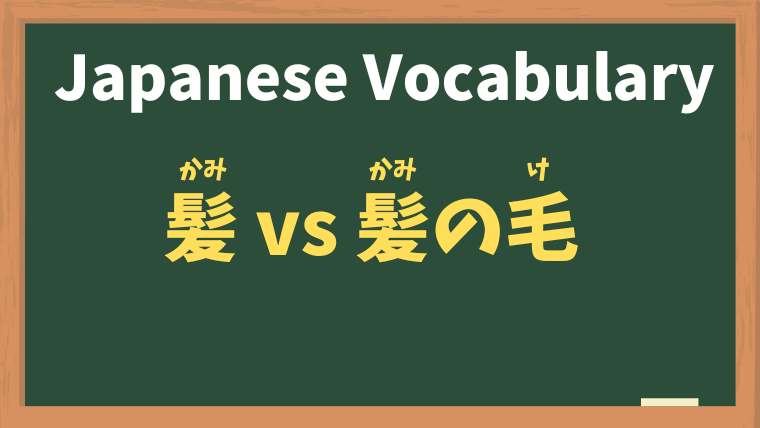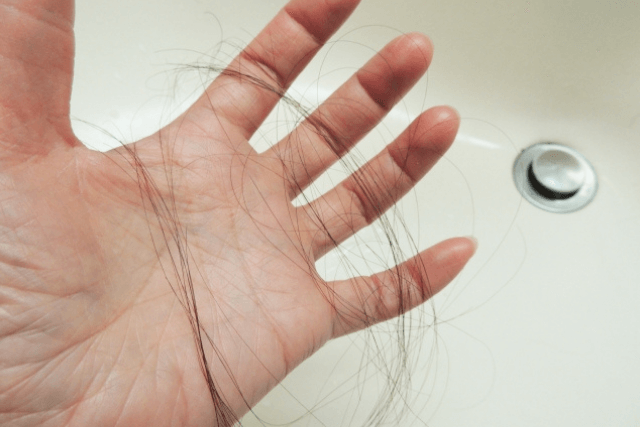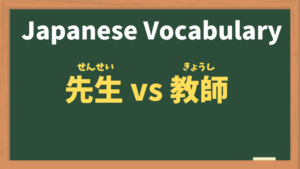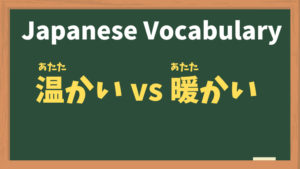
Contents
1.Introduction
In Japanese, both 「髪」 (kami) and 「髪の毛」 (kami no ke) refer to hair, but they are used slightly differently in conversation and writing. Knowing the difference between these terms will help you sound more natural and understand native speakers better. Let’s look at the nuances and typical contexts for each.
2. What is 「髪(かみ)」?
「髪」 (kami) is the more general term for "hair" on a person’s head. It can be used in various situations, including both formal and informal contexts.
- Usage Context:
「髪」 is typically used in a broader or slightly formal sense. For example, it’s common in phrases related to haircare or hair color. - Examples:
- 髪を切る — "to cut hair"
- 髪の色 — "hair color"
- 髪が長い — "long hair"
Using 「髪」 gives a straightforward meaning of "hair" without specifying individual strands.
3. What is 「髪の毛(かみのけ)」?
「髪の毛」 (kami no ke) is a more specific term, literally translating to "strands of hair on the head." This phrase emphasizes the physical strands or individual hairs themselves, so it’s often used when talking about the texture or condition of hair.
- Usage Context:
「髪の毛」 sounds a bit more casual and is commonly used in everyday conversation. It’s also preferred when describing hair in detail, such as the feeling or amount of hair. - Examples:
- 髪の毛が細い — "thin hair" (individual strands are thin)
- 髪の毛がたくさん抜ける — "losing a lot of hair"
- 白髪の髪の毛 — "gray hairs"
By using 「髪の毛」, you add a bit more focus on the individual hairs rather than just the overall concept of hair.
4. Summary Chart of 「髪」 vs. 「髪の毛」
| Term | Meaning | Example |
|---|---|---|
| 髪 | General term for hair | 髪を切る (to cut hair) |
| 髪の毛 | Emphasizes individual strands | 髪の毛が細い (thin hair) |


5. Choosing the Right Term
- Use 「髪」 when speaking about hair in general or in a slightly formal way, especially for broader descriptions like "hair color" or "hair length."
- Use 「髪の毛」 when focusing on individual hairs or specific characteristics, such as texture or the act of losing hair.
6. Conclusion
Understanding when to use 「髪」 and 「髪の毛」 can help you capture the right nuance when talking about hair in Japanese. This distinction may seem small, but it’s a great way to make your Japanese sound more natural and specific.






